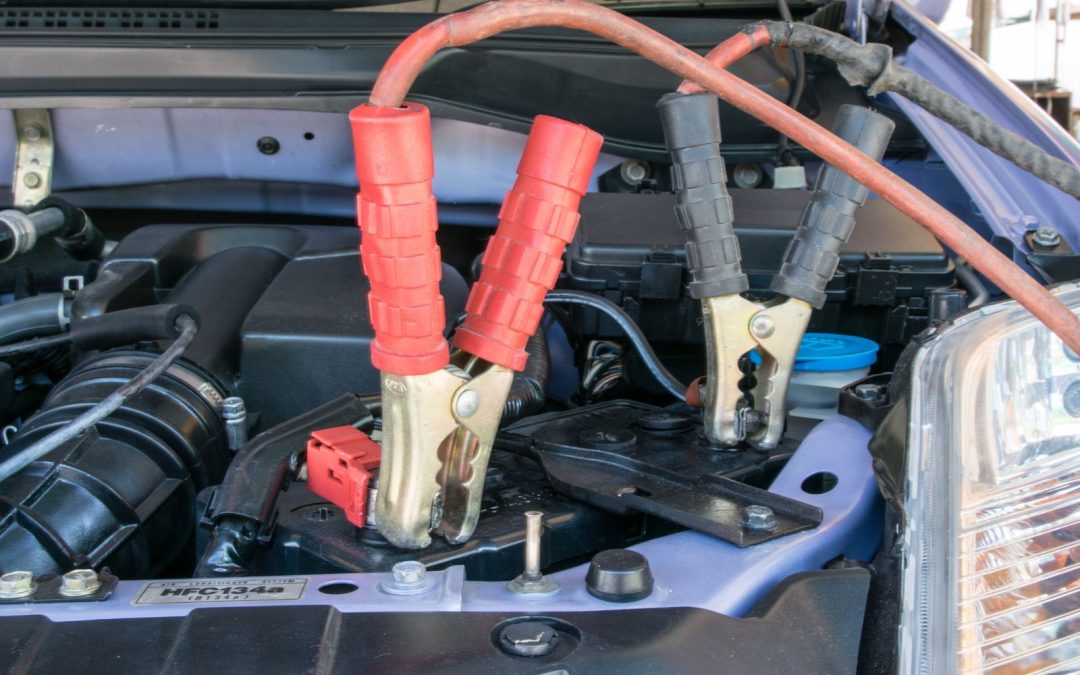Why do car batteries fail in two to five years yet some last ten years?
A lead-acid cell is made of alternating plates of lead and lead-oxide with sulfuric acid in between. A 12V battery is made of 6 of these cells connected in series. Charging and discharging causes reactions between lead, lead-oxide, lead-sulfide, and sulfuric acid on the surfaces of those plates. As ions move back and forth, they don’t generally go back to the place they came from, so the surfaces of the plates get rough and pocked and flaky.
The more often you charge and discharge, and the deeper you discharge before you charge, the more flakes fall to the bottom of the battery, and the weaker the plates get. Temperature extremes cause thermal expansion, which shakes more flakes off. Bumps in the road shake weak flakes off or can even cause a weak plate to break. A broken plate might lean against its neighboring plate, shorting out that cell. Or the crud at the bottom can get deep enough that it begins to touch the bottoms of the plates that haven’t broken, which also shorts them out. Or a plate can break off and, with only a very small plate remaining that cell will no longer allow more than a tiny bit of current pass through it, making the overall battery very weak.
These different sorts of mechanical failures cause different symptoms, but they all mean that you need to replace your battery.
Some batteries advertise that they are very tough, which means their plates are less likely to break, but the thicker plates mean there are fewer of them, with overall lower surface area, thus the CCA (Cold Cranking Amps) might be lower. Other batteries (marine deep discharge) are designed with plates that don’t extend very far down, leaving lots of room at the bottom of the battery for crud to accumulate without touching any plates, thus they can be fully discharged and recharged more times before failing. These batteries also tend to be built with strong plates, so for their size their CCAs might be lower.
Generally speaking, for a given weight there is a compromise between CCAs and total energy stored on the one hand, and ruggedness and ability to survive lots of deep discharges on the other hand. In my opinion most batteries are geared too much toward optimizing CCAs and Amp-hours and not enough toward ruggedness and long life. Why? Because CCA and Amp-hours are numbers they can display in advertising and people will tend toward the one with the higher numbers, whereas there isn’t a standard for lifetime that advertisers can push, and selling those batteries only serves to decrease the number of battery sales, which manufacturers are not eager about! It’s not AT ALL hard to design a battery that lasts longer. There is simply little market demand for it except in the marine world

